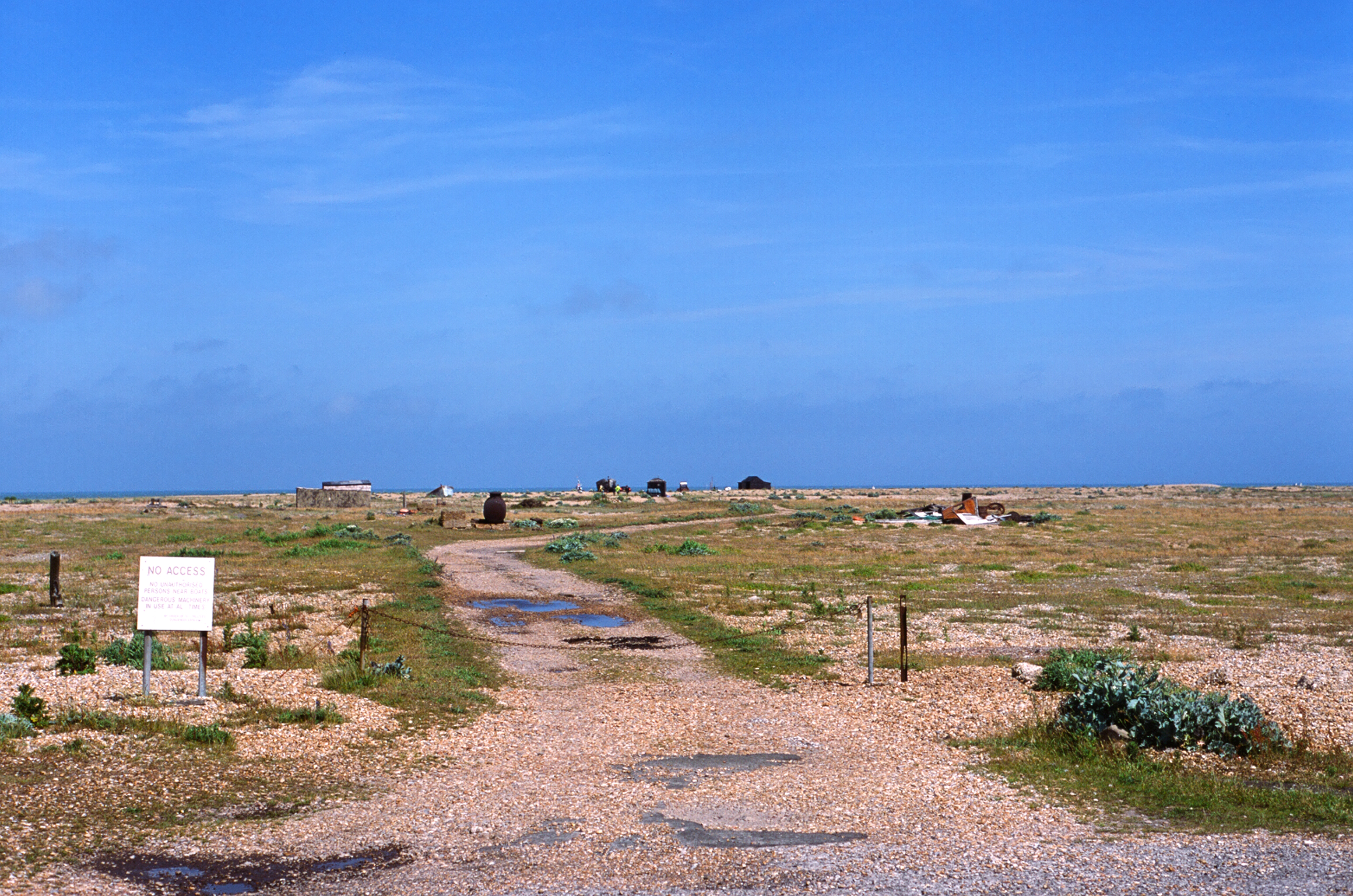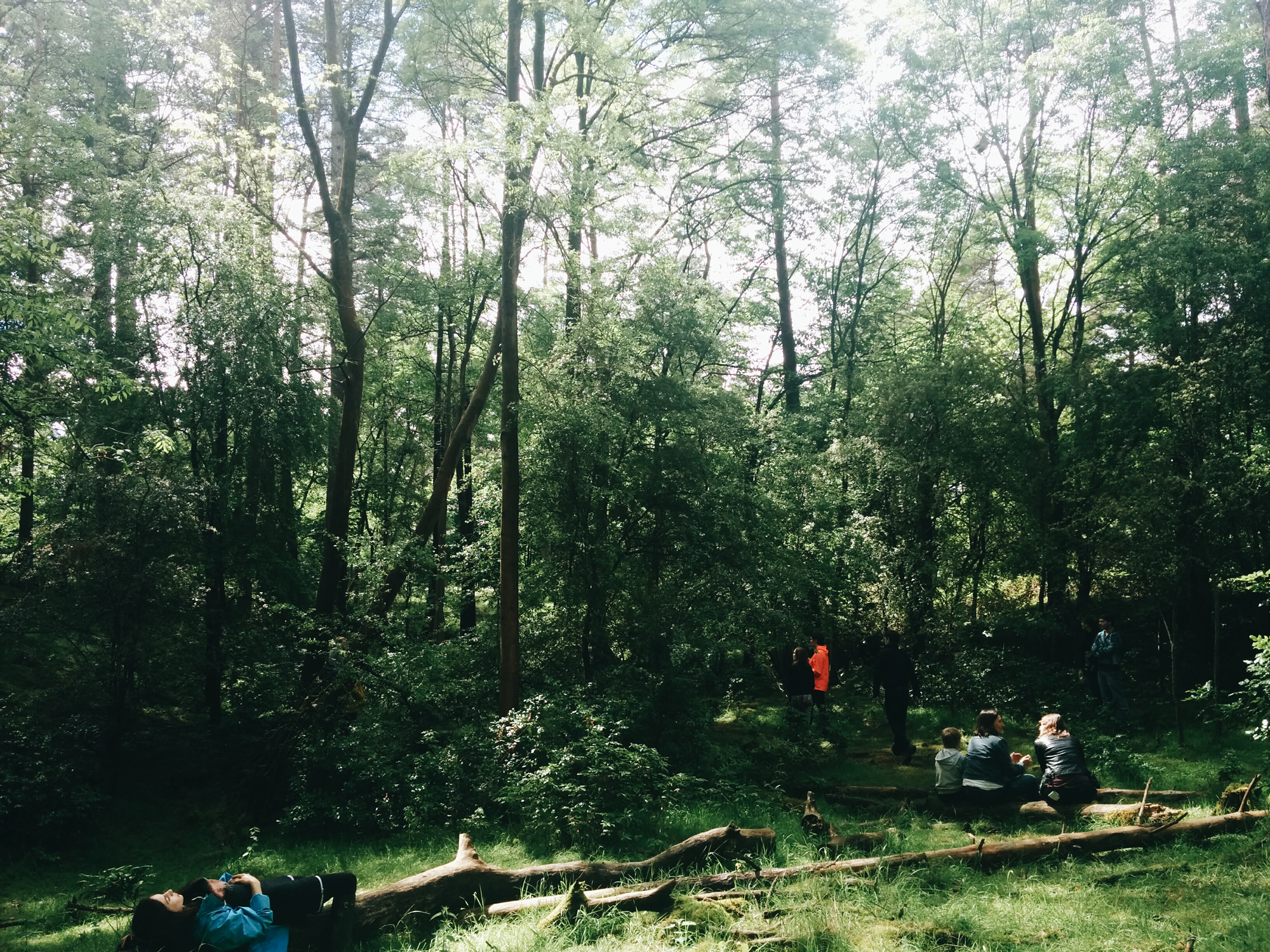I’ve never really paid a huge amount of attention to Flickr, and even less to the Flickr API. I’ve had to rectify this recently as a site I’m working on needs to have an easily updatable slideshow as a fairly prominent element.
Flickr was the platform that we decided to go with to upload the photos to due to the fact it’s pretty nice and easy to use and there are a huge range of pre-existing apps etc that you can exploit to do pretty much anything you can imagine.
Flickr provides a standard way of embedding photos/photostreams, although it is via an i-frame, is fairly clunky and not very customisable – it also looks pretty crap if you want to make it sit with the rest of the site’s design. I explored various methods of calling the relevant photostream to the site via php and the Flickr API but really it was all becoming far more complicated than I suspected it needed to be. If you are a php-lover then the very clever Dan Coulter has written the phpFlickr class to act as a wrapper for the Flickr API and make interacting with it via PHP relatively easy – check it out here http://phpflickr.com/ there is also a very useful-looking tutorial over at Nettuts+ which details how to create a very nice photo gallery using phpFlickr – you can check that out here http://net.tutsplus.com/tutorials/php/how-to-create-a-photo-gallery-using-the-flickr-api/
As I’ve already mentioned all this was looking to be slightly too cumbersome for what I was needing – all I really needed was to be able to call the photostream (perhaps with the option to display photos within that stream with a specific tag) and for the embedded call to be style-able. If there were some nice, sexy transitions etc than that’d be a bonus.
I thought that there would probably be a jQuery-related solution out there, and unsurprisingly there was, loads of them. Once again I came up against solutions that did far more singing and dancing than I would ever need or want. I just wanted a lightweight, simple solution goddamnit – why does everything need to be so bloody complicated!?
Then I stumbled upon flickrshow, “a simple, lightweight javascript slideshow for Flickr”. Only slight problem was that it was still in public beta testing mode so there wasn’t any documentation available. However the demos that they’ve provided give you more than enough of an idea how to use the script and which variables do what. You can check it out here http://www.flickrshow.com/ – it’s absolutely perfect for what I need you can call photos from a particular user, using a particular tag or from a particular photo set and it’s all lightweight, easily customisable and ace. Excellent.
I must stress that there are numerous other Flickr solutions out there, flickrshow just suited my needs and spec – hence me highlighting it. There seems to be a vast range of possibilities using things such as phpFlickr – however I haven’t spent the time looking more closely at these yet as they weren’t required for this project.
But my interest has been piqued so I think that the Flickr API is something I’m going to properly re-visit soon.
Anyways, hope that this was in some way useful – feedback and comments would be very welcome – I’m still trying to work out what people would find interesting.
Ash

